Enter a surname, town name or other keyword to search the database. Remember to
allow for the different spellings of 'Mc' and 'Mac.' Good luck!
{Search tips: Use single word search terms for more results}
You must enter some valid character(s) into the search field
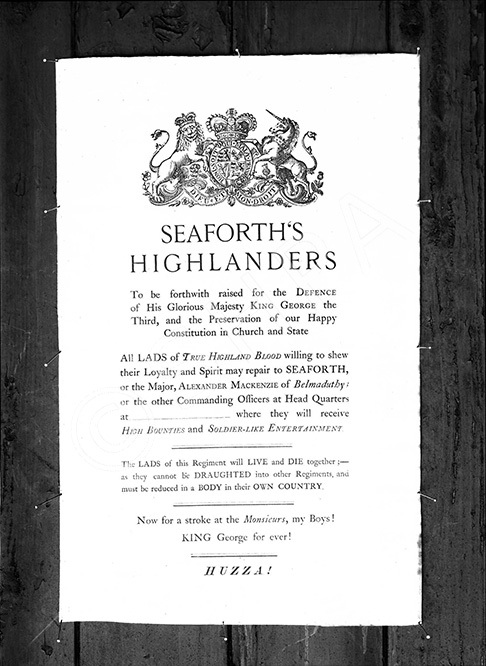
Reference: 237
Seaforth’s recruiting poster a...
|
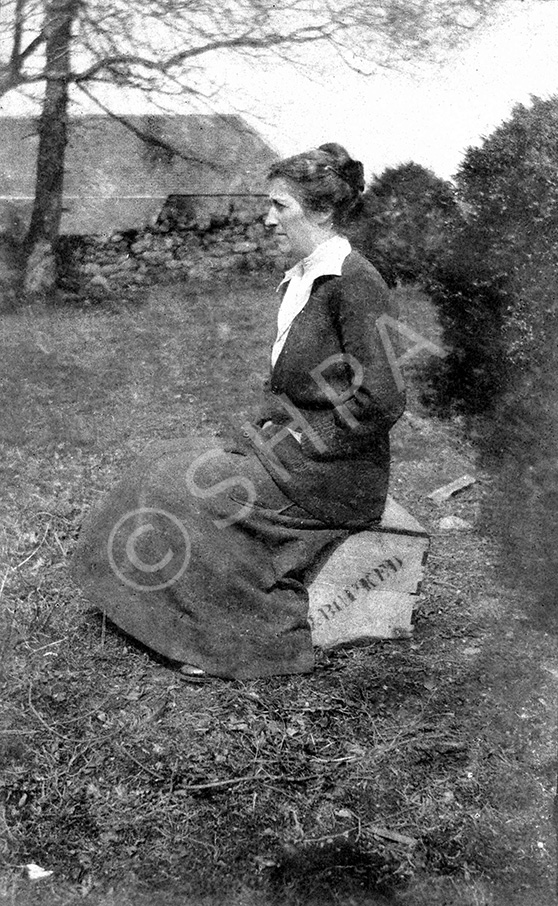
Reference: 218
Copy made for Dr McArthur, Win...
|
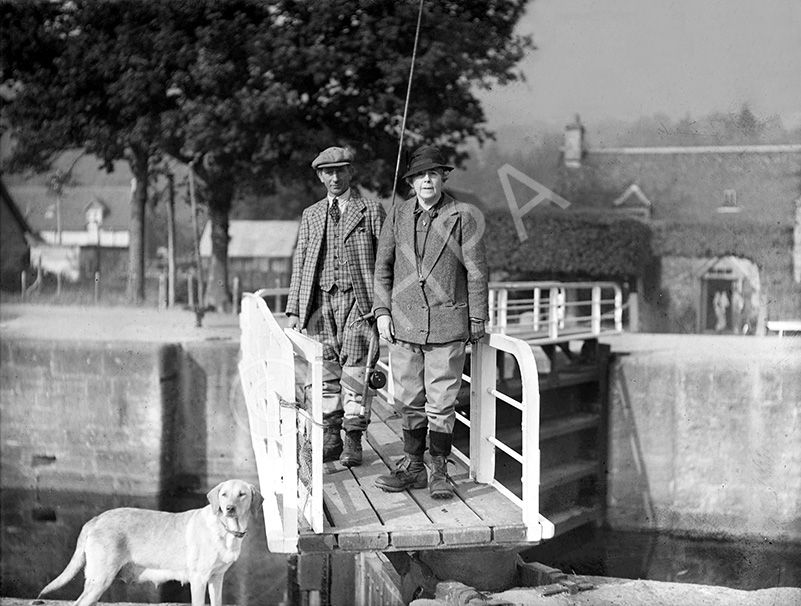
Reference: 0121i
Unidentified ‘celebrity’ peopl...
|
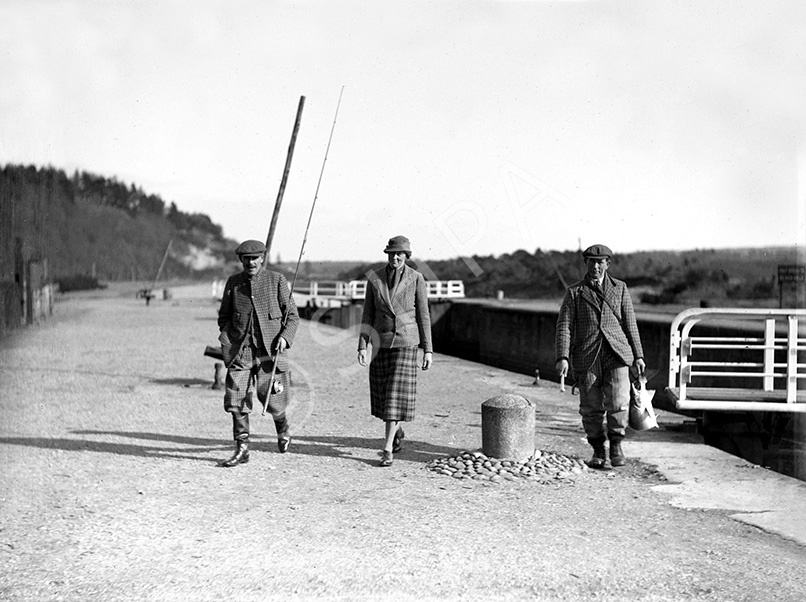
Reference: 0121e
Unidentified ‘celebrity’ peopl...
|
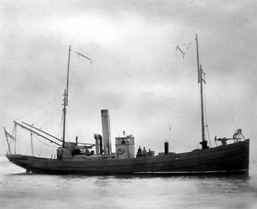
Reference: rap003
The fishing drifter Lavatera w...
|
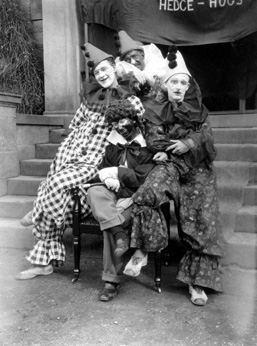
Reference: hw027
Recuperating soldiers at the H...
|
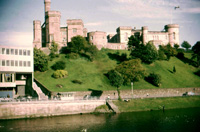
Reference: hc005
Inverness Castle.*~...
|

Reference: hc004
Cameron Barracks, Inverness.*~...
|
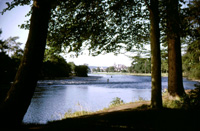
Reference: hc003
Inverness Castle from the Ness...
|
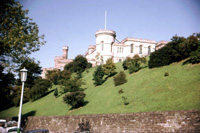
Reference: hc001
Inverness Castle.*~...
|
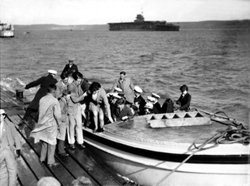
Reference: H-0315f
People at Invergordon after ta...
|
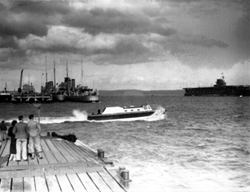
Reference: H-0315d
People at Invergordon queuing ...
|